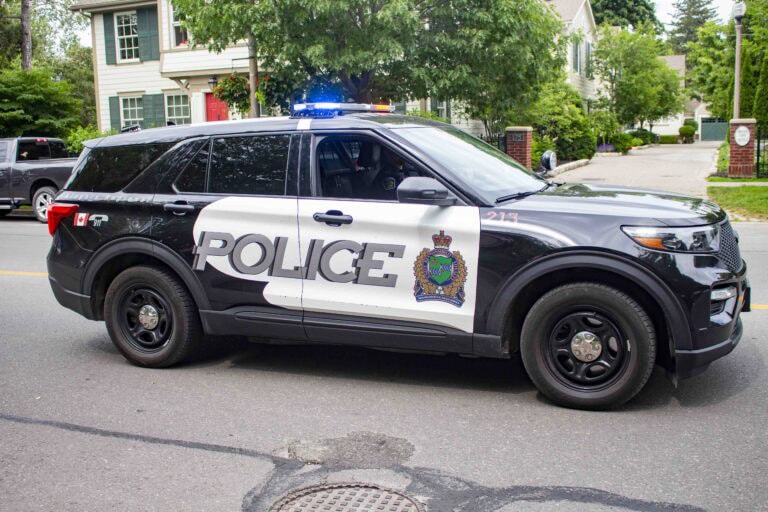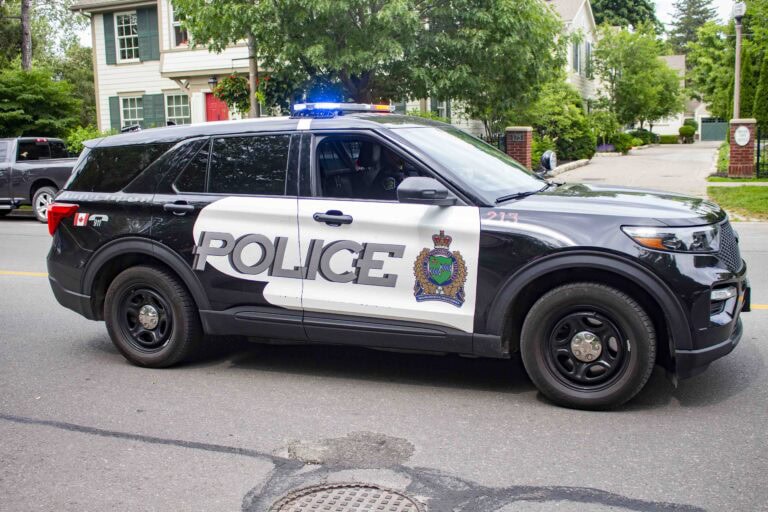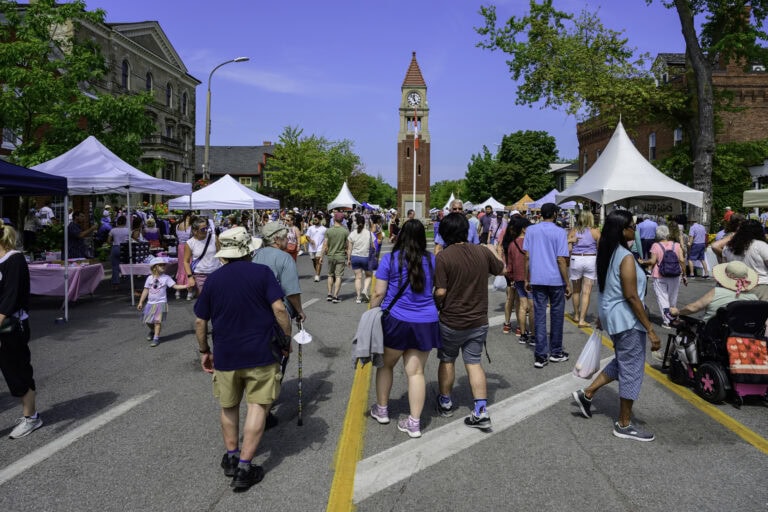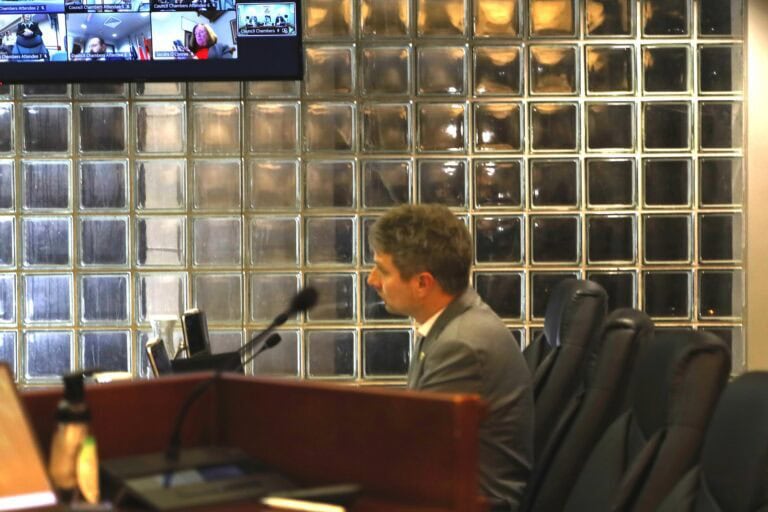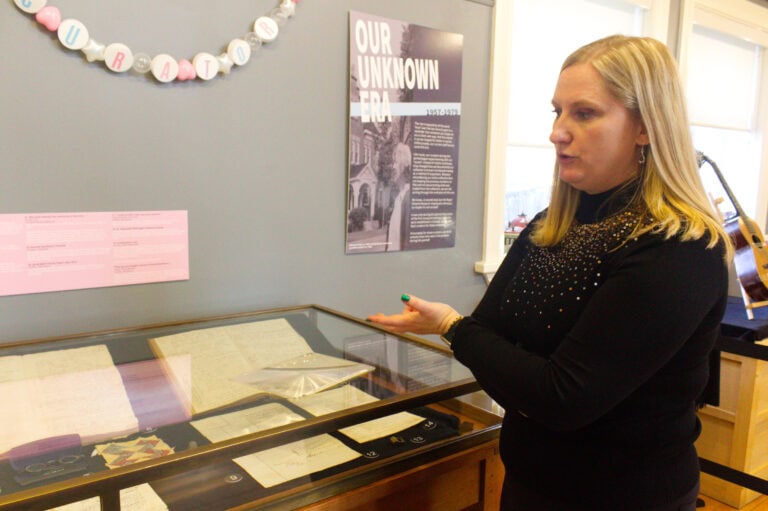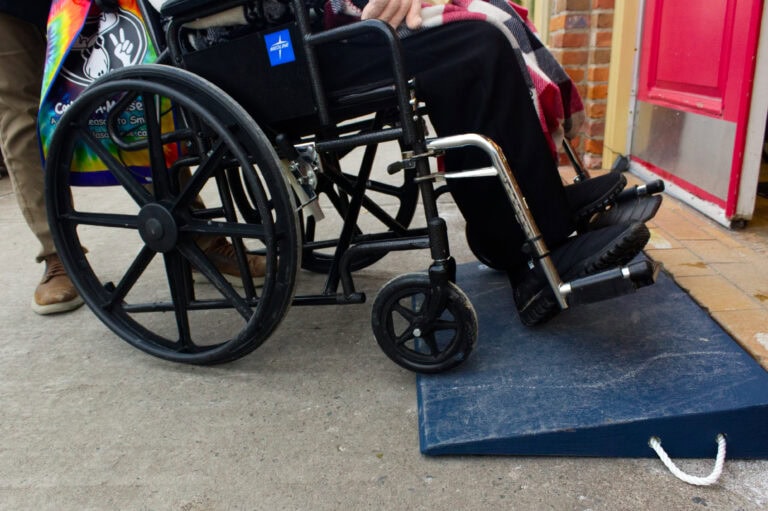Wi-Fi in the heritage district, more public washrooms and signs to help visitors navigate Old Town are just a few of the changes that could come to Niagara-on-the-Lake’s busiest community by next year.
These were some of the ideas town staff presented to NOTL council to spend $1.9 million in revenue the town has from its hotel tax for overnight visitors, also known as the municipal accommodation tax.
These projects and others, meant to improve tourists’ experience in NOTL, are being added to the town’s budget for next year. Council approved these items on Tuesday.
The municipal accommodation tax funds are currently sitting in a municipal reserve.
Possible projects for 2026 include: installing public Wi-Fi throughout the heritage district, for which council approved the town to look for third-party providers; adding more public washrooms; partnering with Tourism NOTL to create physical signs to help tourists navigate Old Town, plus improved digital navigation tools; and implementing accessibility upgrades, including the StopGap program approved by council this summer.
Plans for 2027 include more parking, launching a “hop-on, hop-off” shuttle to Old Town, introducing a bike rental program, improving waterfront access, and adding more digital and mobile navigation tools.
Town staff presented recommendations to the general committee of the whole last Tuesday, during which some councillors raised questions about how the accommodation tax relates to budget planning.
Coun. Gary Burroughs asked why the projects for next year aren’t being considered for this year. Staff did not provide an answer during the meeting. Burroughs told The Lake Report on Tuesday that he hasn’t received an answer from staff to his question.
Coun. Andrew Niven questioned whether cost breakdowns for the projects would appear in the next budget. He said it should be clear what exactly is being funded, especially given the complexity of some of the initiatives.
“Some of these projects are quite fulsome, including working with our partners at Tourism NOTL,” said Niven.
He also asked who would receive revenue from potential initiatives, such as advertising over public Wi-Fi. Chief administrative officer Nick Ruller said it was too early to determine.
Coun. Wendy Cheropita questioned why parking wasn’t prioritized in this year’s projects.
“I’m surprised that wasn’t sort of a number one priority,” she said.
She also asked how the top projects were selected and whether the town had explored sharing the cost of these projects with others, particularly for accessibility improvements.
Marah Minor, the town’s communications co-ordinator, said the priorities came from the tourism master plan and as well as feedback received regarding accessibility improvements.
“Regarding specific program and funding questions, the StopGap ramp program is being launched as a pilot this year,” she said. “Should there be strong uptake, cost-sharing opportunities could be explored in future years.”
Lord Mayor Gary Zalepa suggested exploring wireless technology — such as cell tower connectivity — instead of relying solely on Wi-Fi. Council amended the motion to include the option to pursue wireless systems.
According to the council agenda, final cost estimates will be reported in the draft capital budget.
The municipal accommodation tax is a four per cent levy charged to tourists staying in local accommodations, including hotels and short-term rentals. The rate increased this year from three per cent.




